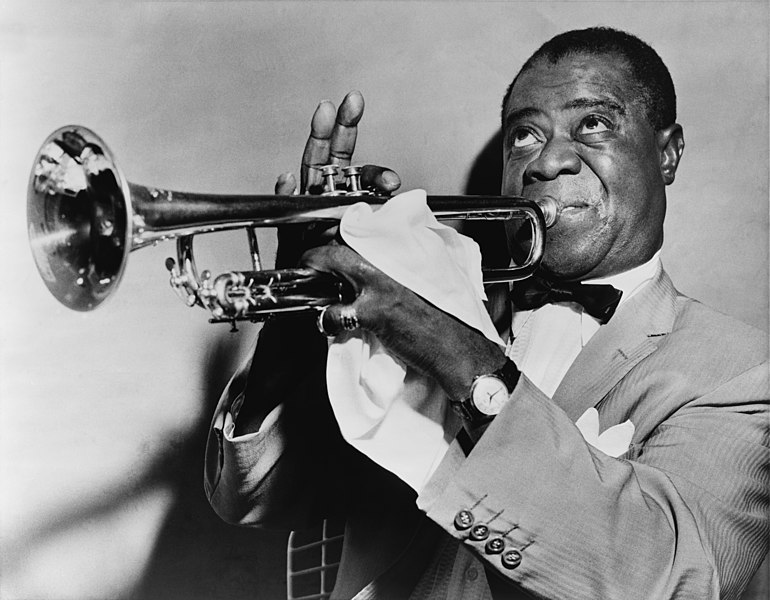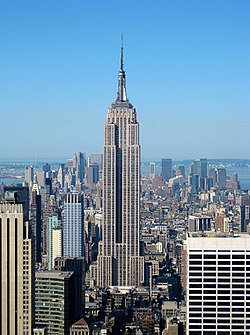In the early 1930s, the United States and much of the rest of the world faced severe economic problems. Many factories and stores closed, and people were out of work. Many families had little money to buy food. These years are remembered as the “Great Depression.”New York and Chicago were both one of the hardest hit areas of the country during the Great Depression. By 1932, about a quarter of Americans were jobless. The figures were astronomical in big cities: one million unemployed in New York, 600000 in Chicago.
By 1932, half of New York’s manufacturing plants were closed, one in every three New Yorkers was unemployed, and roughly 1.6 million were on some form of relief. The city was unprepared to deal with this crisis. Abandonment of women and children by husbands and fathers increased 134 % during the first few years of the crisis. Vacancy rates nearly doubled as the number of people with money to pay rent plummeted. Privately funded mutual aid societies, the first defense for most Lower East Sliders, collapsed under the stress. The number of mutual aid societies on the Lower East Side dropped from 6,000 in 1920 to 2,000 in 1938, in part because of out migration.
Chicago at that time was also seriously hit by the Great Depression because of the city’s reliance on manufacturing. Only 50 percent of the Chicagoans who had worked in the manufacturing sector in 1927 were still working there in 1933. Aferica American and Mexicans were particularly hurt. By 1932, 40 to 50 percent of black workers in Chicago were unemployed. Many Mexicans returned, responding to incentives like the free transportation offered from Chicago, or to the more coercive measures in Gary, Indiana Harbor, and South Chicago. Nor were white-collar employees necessarily safe. By February 1933, public school teachers were owed eight and a half months’ back pay. Many unemployed and frustrated workers took matters into their own hands. The Great Depression saw some of the most volatile strikes and protest movements in the city’s history. Unions were often supported by the newly organized Congress of Industrial Organizations . Organizing efforts were facilitated by mass culture, which provided a common ground to a disparate workforce. Workers united across race, ethnicity, and even across different industries. By 1940 one-third of the workers in Chicago’s manufacturing sector were unionezed. 
 Active social protest movements extended outside of the workplace too. Unemployed workers, relief recipients, even the unpaid schoolteachers held huge demonstrations during the early years of the Great Depression.
Active social protest movements extended outside of the workplace too. Unemployed workers, relief recipients, even the unpaid schoolteachers held huge demonstrations during the early years of the Great Depression.
Both New York and Chicago were suffered economy crisis during the depression, however in Chicago, the depression also involved with the strikes and protest movements, which represented the voice of the worker class people and the minority. It also made the Chicago’s manufacturing sector was unionied.
the unemployed worker: Picture from the FDR Library, courtesy of the National Archives and Records Administration.
Woman and children in a camp during the Great Depression, 1936. Photograph: Dorothea Lange/Corbis



 Louis Armstrong known throughout the Harlem Renaissance.
Louis Armstrong known throughout the Harlem Renaissance.






















